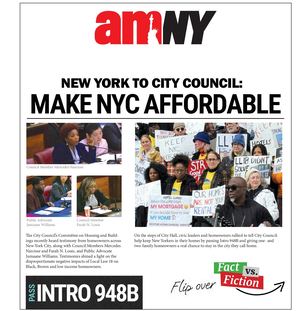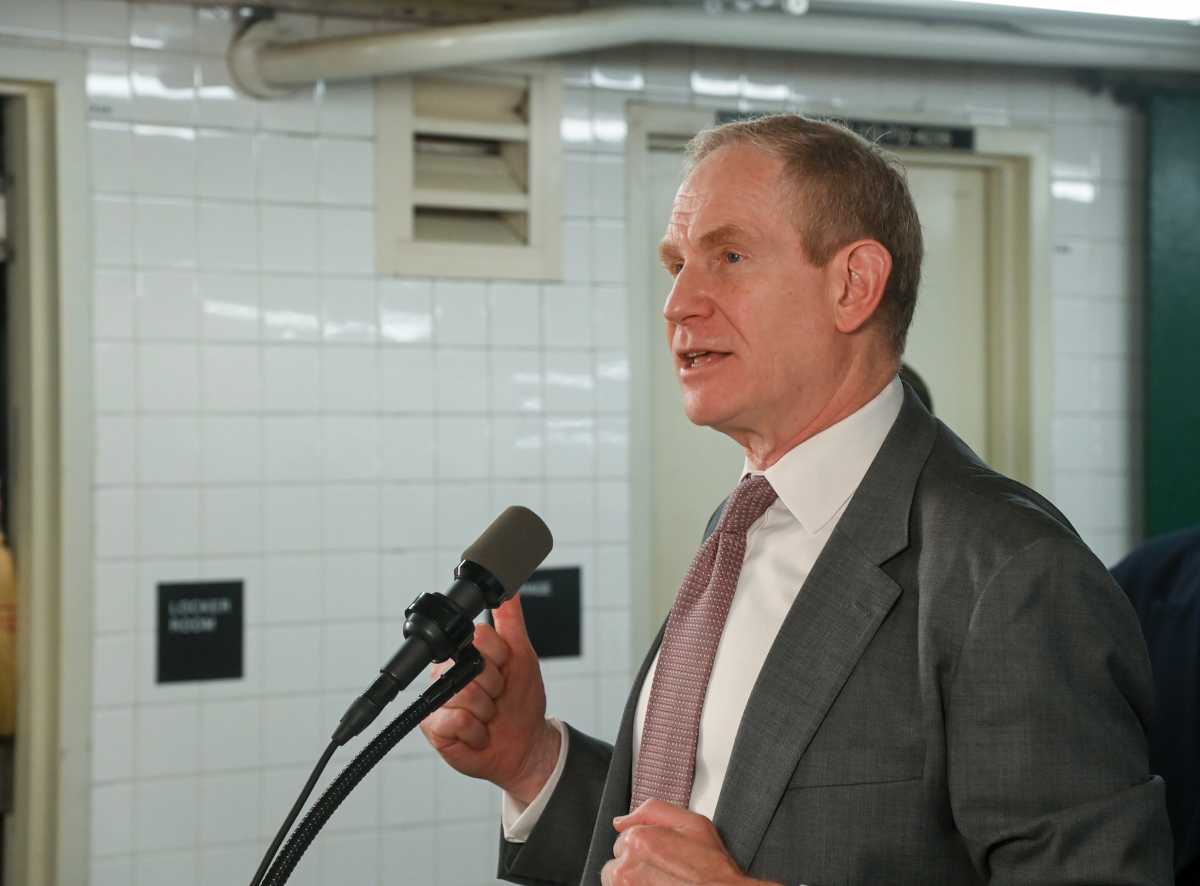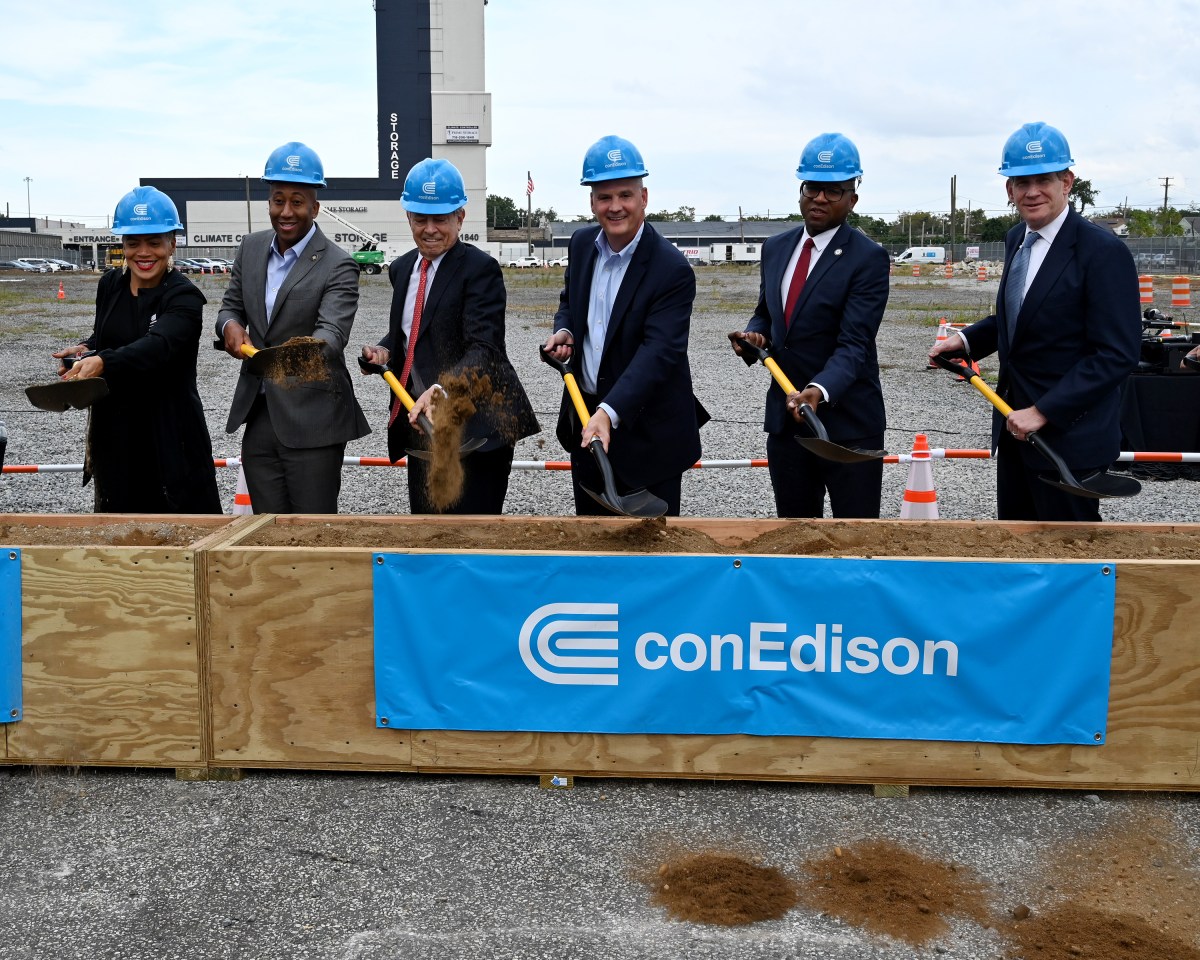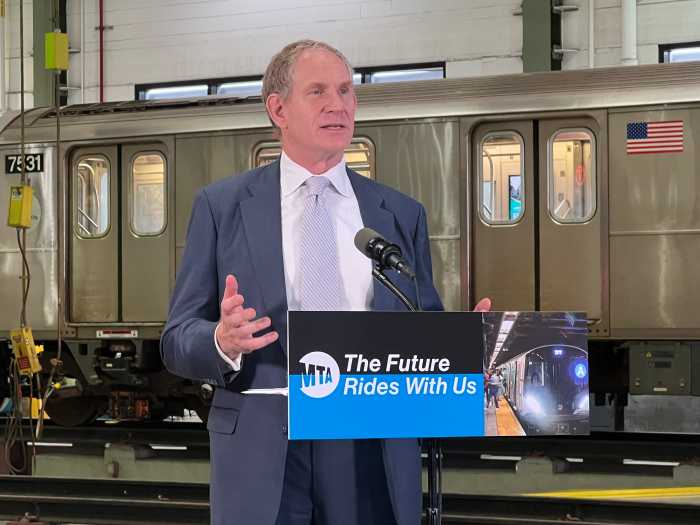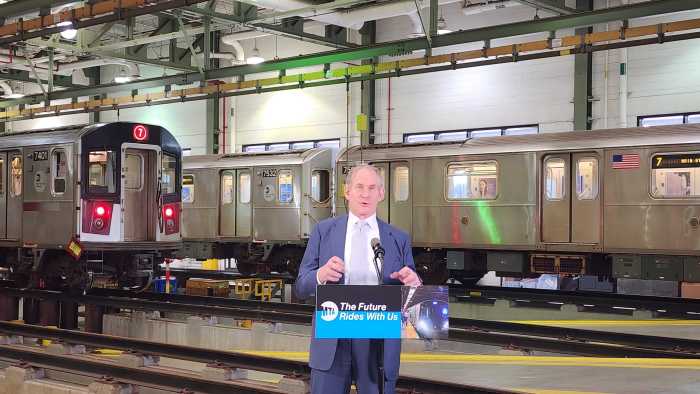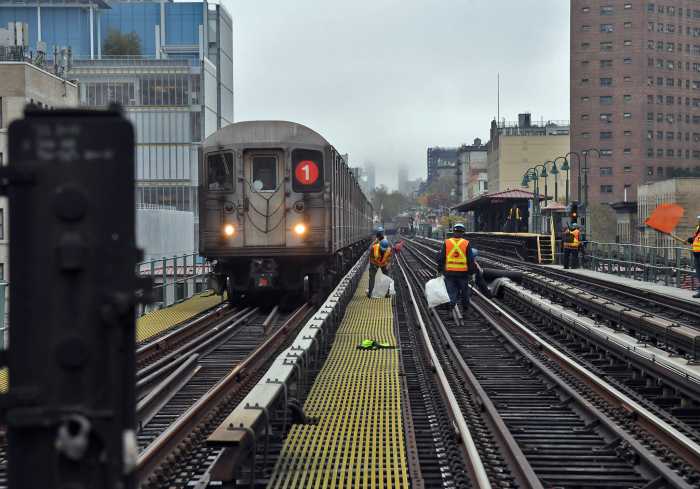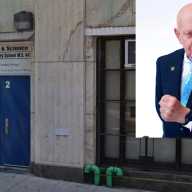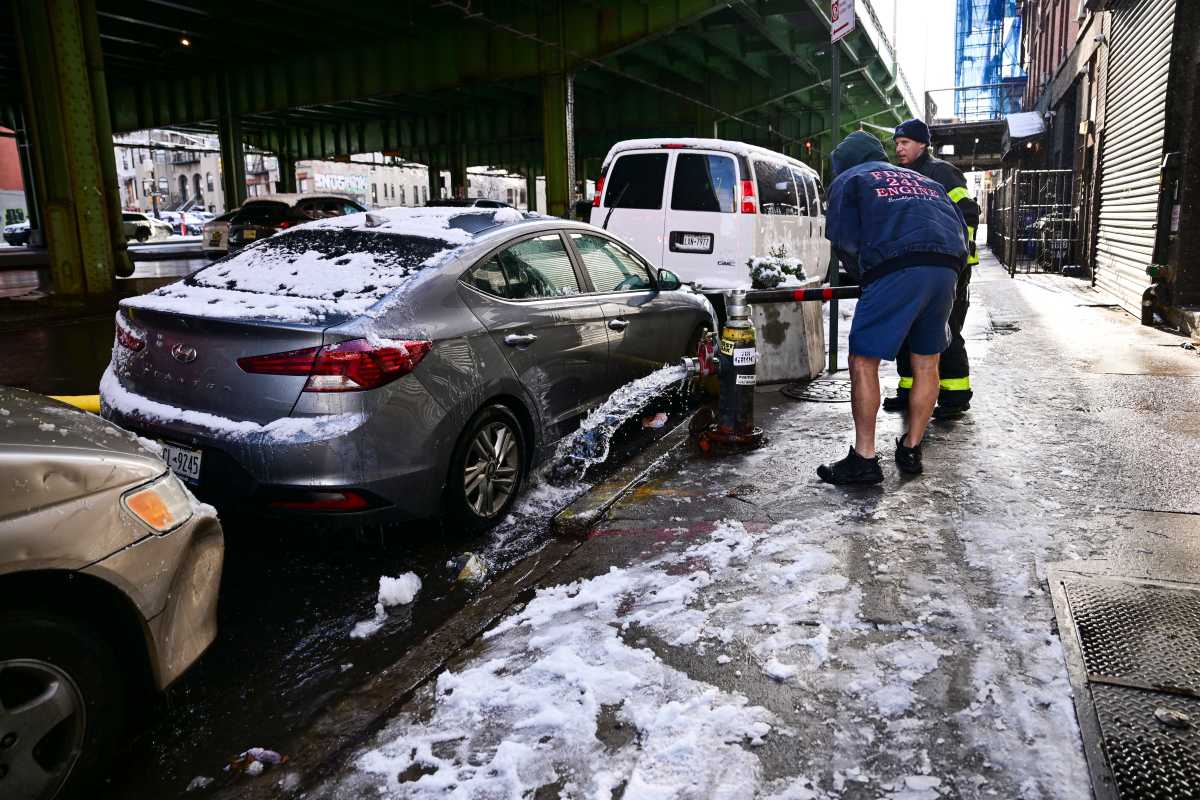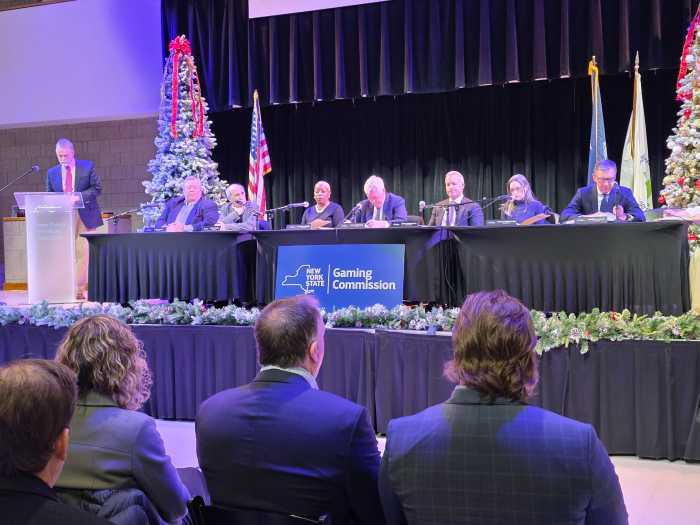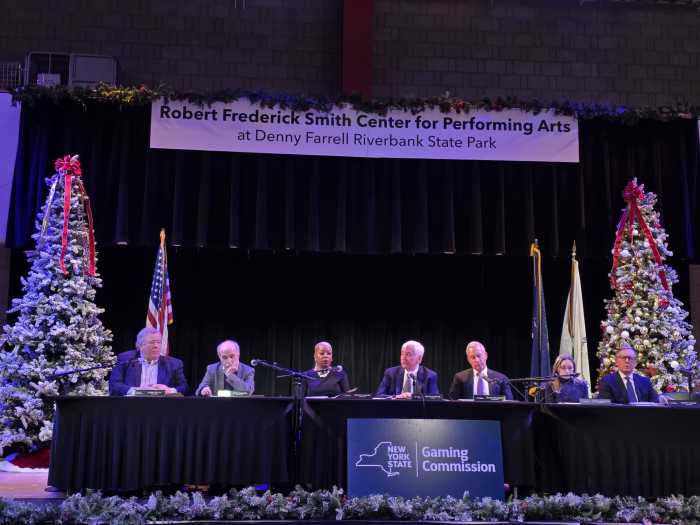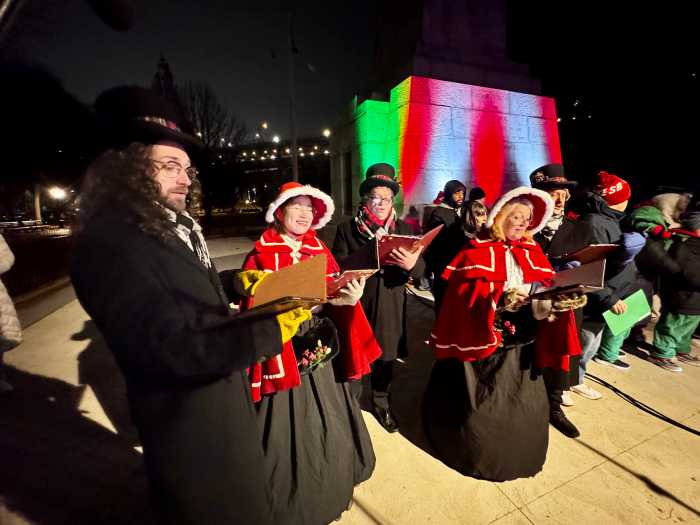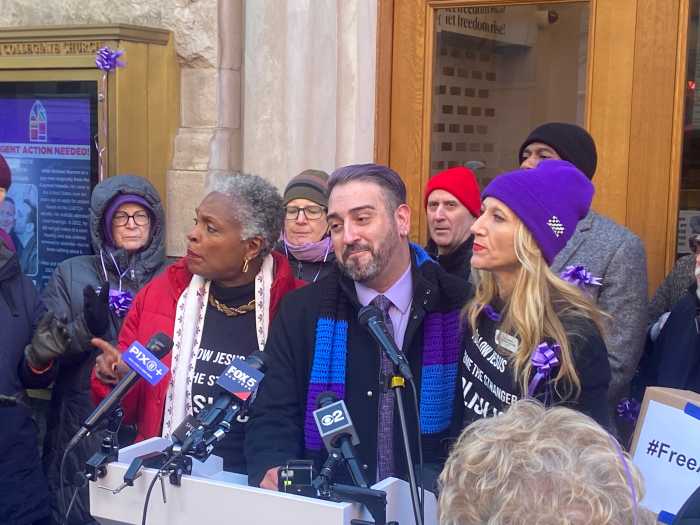Playoff season in New York has been nothing short of electric thanks to impressive runs by the Mets, Yankees and Liberty, and the MTA has come through for fans every step of the way, providing easy access to home games at Citi Field, Yankee Stadium and the Barclay’s Center.
Real New Yorkers know there’s no better way to get around. After all, how many fan groups name themselves after transit? We’re proud to be the inspiration for the 7 Line Army and the official mode of transportation for the hottest mascot of the season, Grimace, whose specially branded train cars were a huge hit earlier this month.
With all this interest and excitement, it’s no surprise that the MTA has been breaking ridership records. The top 10 days for post-pandemic ridership on the subways have all come in the last five weeks, peaking with over 4.3 million customers on September 25. LIRR carried 281,000 people on its best day, September 19, and 88% of pre-COVID levels overall for the month, while Metro-North served more than 240,000 riders – its second-highest total since COVID – on September 24.
These trends aren’t just a function of fortuitous baseball and basketball schedules. They’re also a result of the fantastic service we’ve been running systemwide. Subway service is the best it’s been in a decade, with on-time performance (OTP) of more than 81% on weekdays and 84% on weekends. The commuter railroads are doing even better, consistently averaging OTP of 97% or higher.
We’re also seeing a boost from students taking advantage of the new Student OMNY cards, which allow up to four free trips a day with no time limitations all year long. Usage is up 26% compared to last year, when we were still giving out the old MetroCards, with 475,000+ daily rides.
It’s easy to take this growth for granted; high transit utilization is to be expected in a dense city like New York. But the last few years have shown the system’s vulnerability. COVID nearly took us out, and while we’ve mounted a strong comeback, we’re starting to brush up against the limitations of rapidly aging infrastructure. This month marks the 120th anniversary of the subway, if you can believe it, and we have many assets nearly as old.
My hope – beyond big wins for New York sports teams this fall – is that the actions we’re taking today to improve performance, upgrade infrastructure, and increase safety and affordability will set the subways up to thrive for another 120 years.
Read More: https://www.amny.com/nyc-transit/
